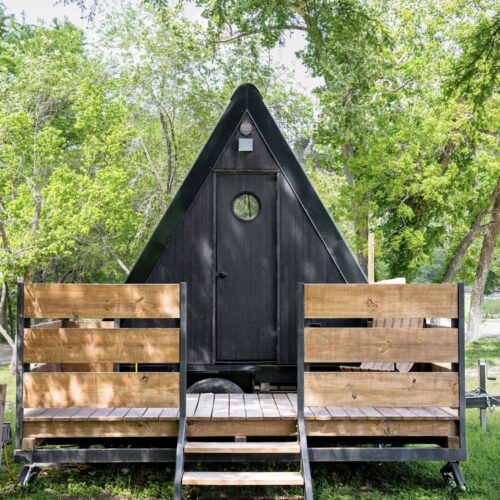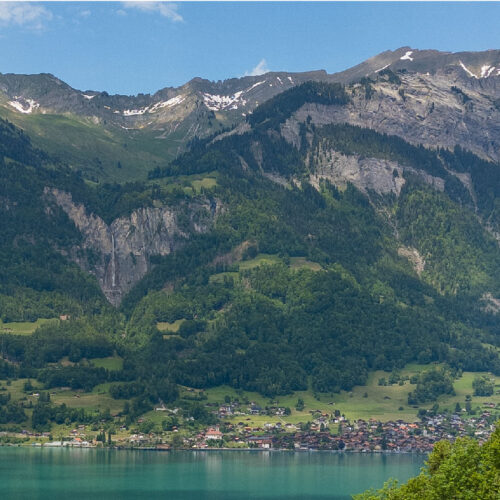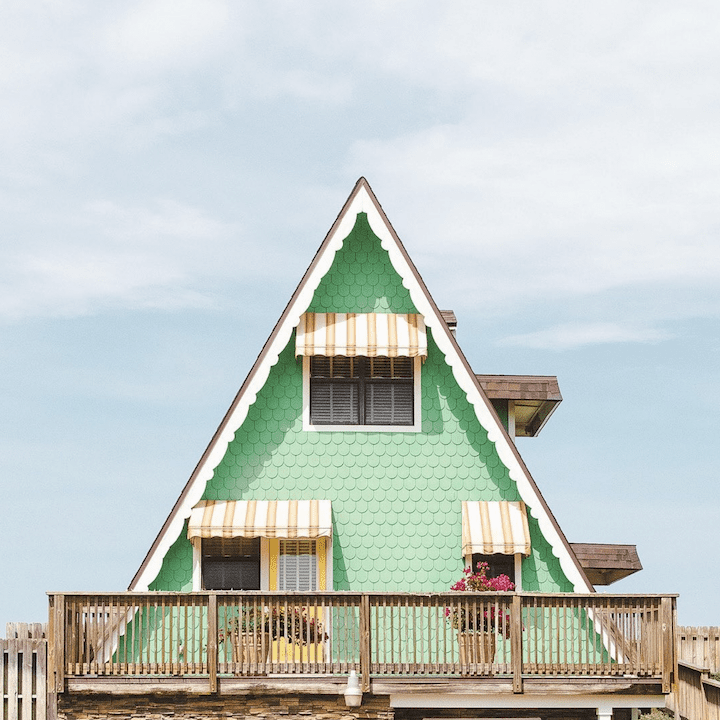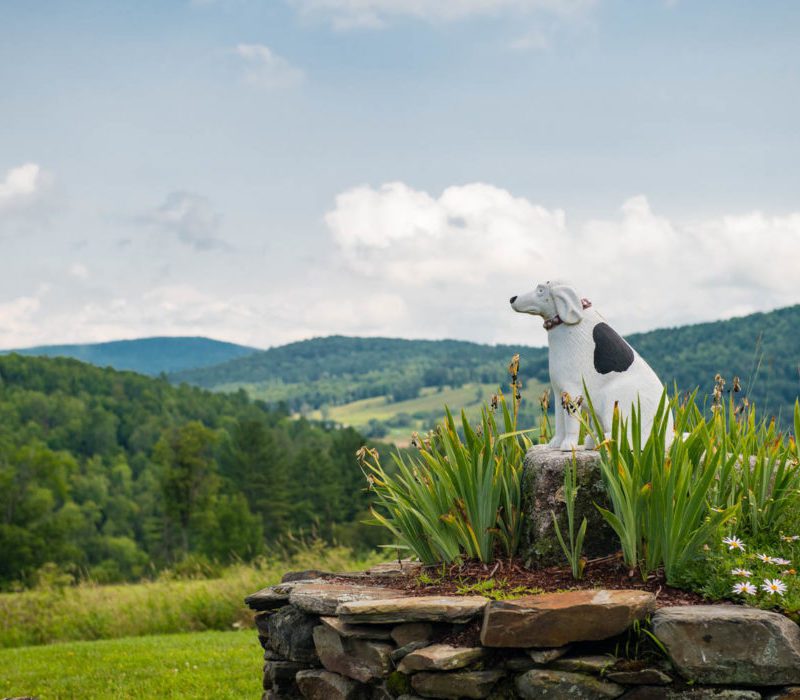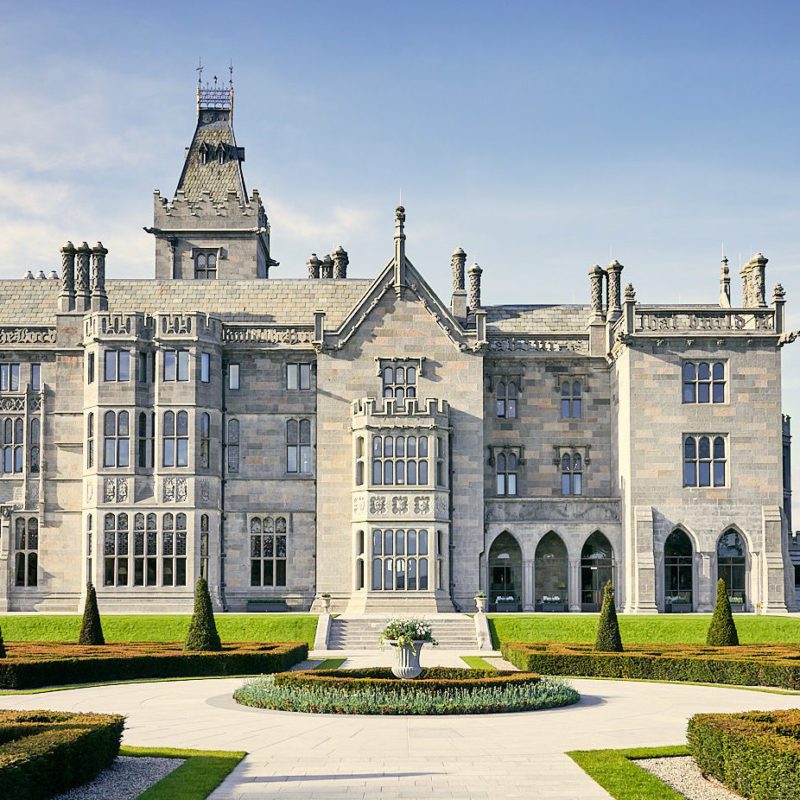Strolling along the streets of any old city on the Southeastern coast of the United States, one is bound to encounter porches featuring a blanket of blue paint on the roof’s underside— “haint” blue that is. This calming blue-green color is an omnipresent feature of porches all over the South and East Coast of the country. Why this specific hue? The answer is in mythology, superstition, and a love of light.
In the tradition of the Gullah people, enslaved Africans living in the American South, “haints” or “haunts” were evil spirits or shadowy specters that could inflict damage upon people not living in the ethereal plane. Luckily for humankind, haints are not able to cross water, and so the entryway ceilings of homes were painted in a river-like color in order to protect the home’s inhabitants from any shadowy figures at night. While most homes today only have the painted porch, those in the Gullah culture would paint the doors, windows, and walls to be doubly certain that the unwelcomed spirits had no chance of passage.
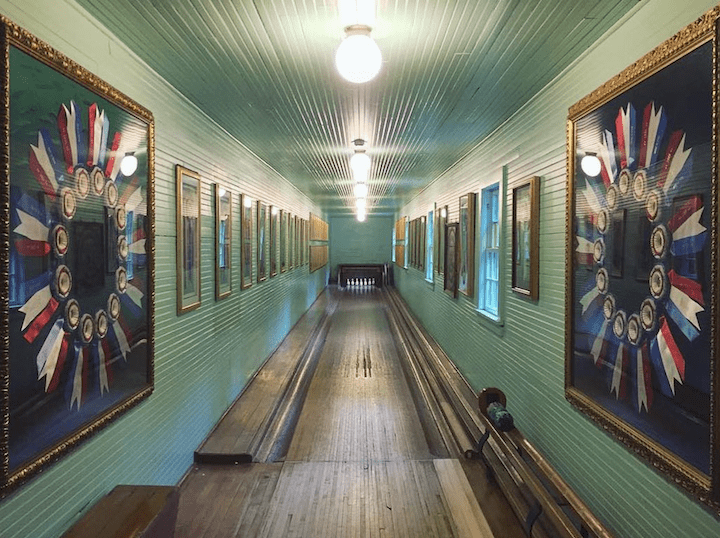
📸: Geoff George
While having its roots in spiritual superstition, the paint may have spread along to other parts of the Atlantic coast such as Philadelphia and Boston due to the rumors that it helped repel pesky insects. Not necessarily backed by science, the belief was that the blue coloring made insects believe that the porch ceiling was a part of the sky, and so they wouldn’t nest or stick around. In reality, the blue paint in the 19th Century used lye, a chemical that also served as an insecticide. As the porches required fresh paint every few years, Victorian homeowners unknowingly restored the repelling effect of the lye and kept pests at bay. Though wasps may not be as wary of the sky as homeowners believed, the idea permeated as a legend in housekeeping folklore.
/ 3
Victorian designers crammed in cities in the late 19th Century sought natural colors to combat the machinations and industrial aspects of that age, and haint blue was a perfect hint of serene water. Whether an homage to a river or faux sky, the paint has a calming effect, with the soft color giving guests and inhabitants the impression of longer daylight. With no central air conditioning, the haint blue porch was an area of leisure and respite, where one in a billowing dress or coat could find peace in the shade.
With direct sunlight reflecting off the blue coloring, the paint naturally brightens any porch or gloomy personality resting under its cover. Sitting on a porch swing, it’s easy to feel a cool breeze simply looking at the blue paint above, without a pest or dark spirit in sight. Who needs a skylight with one’s own painted daytime sky? While not as fashionable as it once was two centuries ago, the old-school haint tones remain a point of interest during any tour of the American coast—unless you’re a mosquito.


